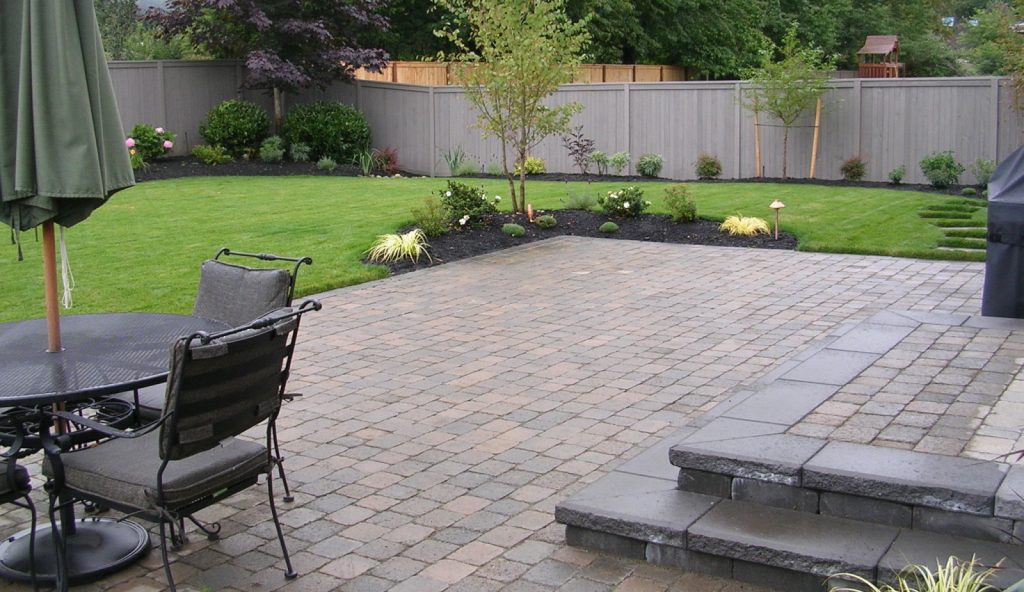Parking areas and sidewalks, on both public and private land, are essential to most businesses. But responsible maintenance and safety are required.
It’s great for a business or organization to have parking available for clients and customers. A simple fact of commerce is that, in all but the most urban locations, having a place for people to park increases their business exponentially. It’s even nicer if there is decent-looking landscaping around parking and entrances to welcome people.
But the benefits of those things disappear if they are poorly designed or badly maintained. Landscaping does a business a disfavor if it’s overgrown, if it blocks sightlines for drivers and pedestrians, or if it appears to provide cover for criminals. Good lighting helps a nighttime business such as a restaurant or club or academic campus that offers night classes; but if the lighting is out people are left to wander in the dark.
This is equally true not just of the landscaping, but the property’s hardscaping as well. Hardscape refers to asphalt, bricks, paving stones and concrete. It also includes walls, planters and stairs. Whereas a landscaper maintains the landscape, an asphalt contractor maintains the hardscape.
Among the most commonly neglected parts of properties that offer parking are walkways and the parking area asphalt. Pedestrians – some with eyes glued to cellphones – might easily suffer injuries when they trip and fall into a pothole or over uneven sidewalks (irregular concrete surfaces are often due to tree roots pushing up from below). So how bad might a simple fall be? Here are some key points about trips and falls and who pays for them:
Trip-and-fall accidents account for 12% of emergency room visits; in 5% of those cases a fracture occurs.
People most at risk for trips and falls on sidewalks are senior citizens, children, parents with strollers, people with mobility challenges and people using assistive devices (canes, wheelchairs, and walkers)
Every municipality is different in terms of who bears responsibility for public way sidewalks adjoining a property. But with any walkway, be it on concrete slabs or asphalt that is on private property (including properties that are municipally owned), liability falls on the owner.
Sometimes it’s not the asphalt itself but the paint that distinguishes rights-of-way, where handicapped vehicles can park, or too-tight corners can lead to accidents and accident liability disputes. If done improperly or outside of mandatory regulations, those mistakes place the burden of liability on the property owner.
All of these mishaps and tragedies can cost a property owner a lot of money. In some cases, it’s factored into property liability insurance, with identified risks leading to higher premiums. Or, when an accident occurs the deductible and higher rates that result can add to property owners’ costs. In some scenarios the insurance provider may discontinue coverage altogether and force the property owner to shop for a new insurer.
A final note: Property owners shouldn’t discount the negative effect on business if any of these factors are ignored. Older adults in particular might avoid shopping somewhere if they’ve had a close call with a fall on that property. Maintaining trust with those customers might very well offset the costs of proper parking lot and walkway maintenance.

